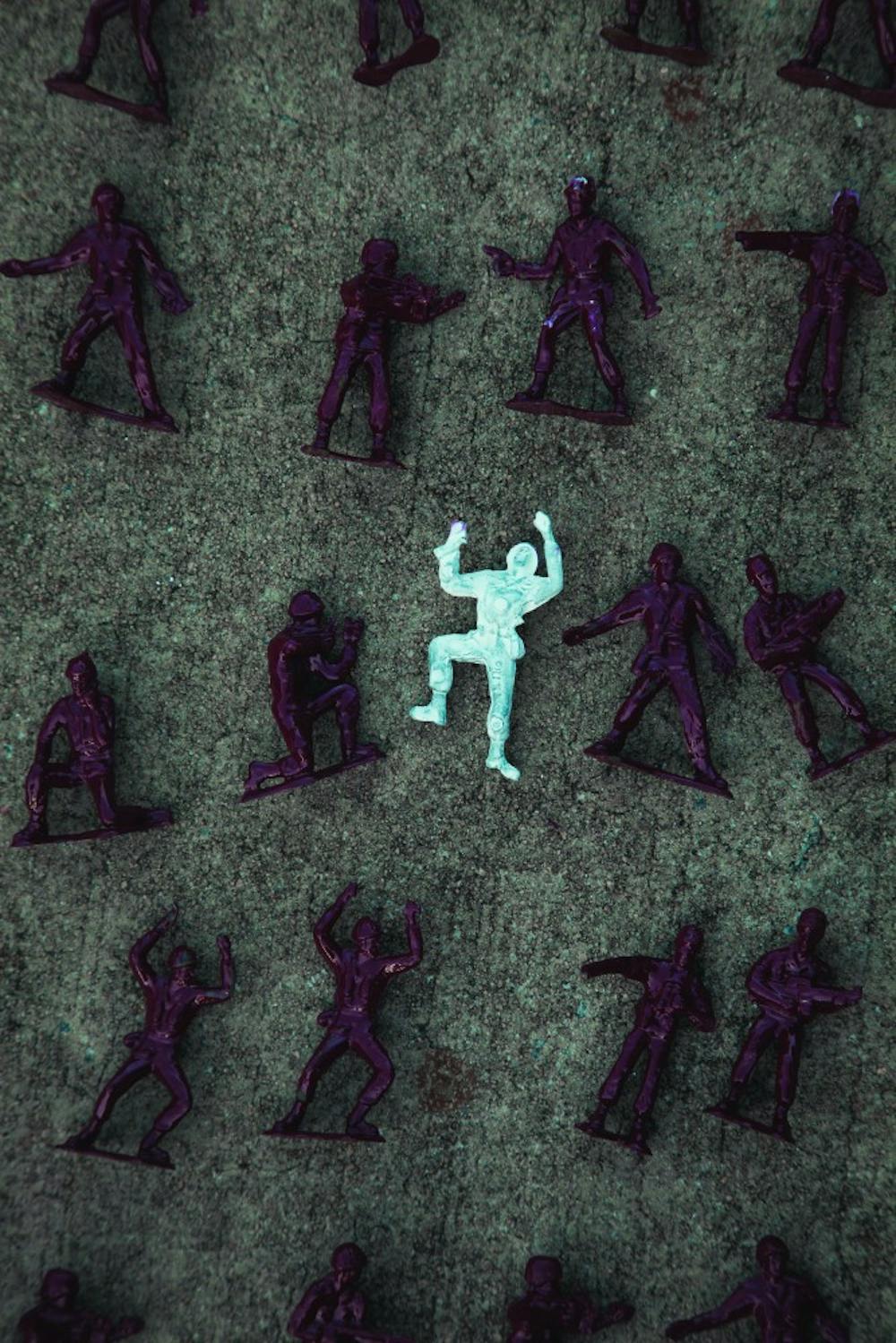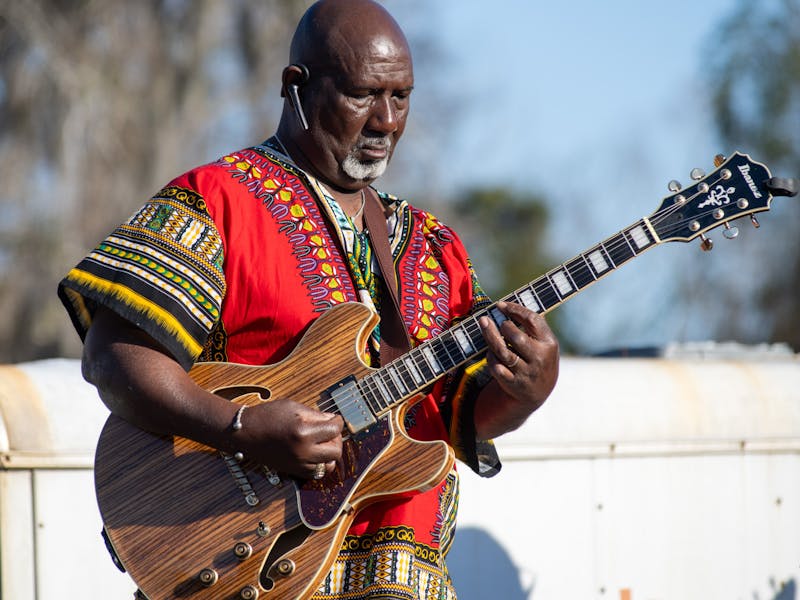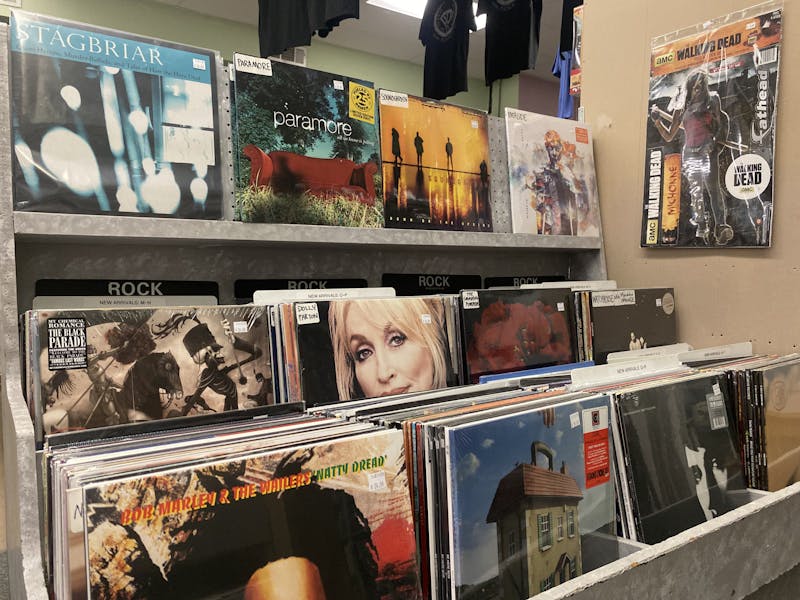It was my first day of class back on campus after a semester abroad, and it was surreal. Walking down Greene Street, the masses of garnet-and-black-clad students seemed more like an army of drones than my peers.
The intensity of school pride was jarring after a semester at University College Dublin, Ireland’s USC-equivalent. UCD has a similar population and campus size as Carolina, so I felt right at home as soon as I began my semester in Dublin. The lack of initial culture shock was a surprise, but Ireland is culturally similar enough to the U.S. where I brushed it off. What I didn’t expect was the shock I felt after returning home.
Enter reverse culture shock. The feeling, which usually presents itself in an unsuspecting way – say, when walking down a crowded sidewalk to class – comes from change. Our home may not have changed— but we have. In most cases, “home” often becomes idealized as we spend time away from it, which can also lead to feelings of shock.
“A lot of students come back and have a reverse culture shock situation,” USC study abroad administrative assistant Taylor Armstrong says of what she sees in students during re-entry. She explains it comes when faced with a situation you adapted to abroad and have a hard time adjusting to when back home – like public transportation or ordering fast food.
“For my first meal, Bojangles was obviously my choice since I landed in Charlotte, and it was the most awkward experience I have ever had while ordering food,” junior engineering major Brian Youngblood says of his first meal back from studying in Madrid during the Spring 2018 semester.

“I went up to order and froze for a few seconds, trying to remember how to order. Then, reminding myself that I could speak English... I word vomited my way through," he says.
Language immersion may offer a few cognitive roadblocks, but small hiccups like an embarrassing encounter at Bojangles are dealt with fairly quickly. This phase of re-entry is known as “the crisis moment,” and is the low point in the culture shock theory, or the w-curve. Used to explain culture shock, the w-curve follows an up-and-down pattern and explains each person’s personal travel experience.
The “w” shape comes from the cultural rollercoaster a student experiences when they arrive for their semester abroad and once they have returned home. A honeymoon phase is usually followed by a crisis moment. Following the initial crisis moment, a gradual upward slope leads to adjustment and contentment abroad. When you return home, the second half of the curve starts all over again – the second gut-wrenching drop.
Once you hit the jolt of being back home, it’s a gradual adjustment back to reality. The best ways to adjust, according to Armstrong, are staying busy and involved.
“I made sure to keep myself engaged when I got back to the U.S. because I didn’t want to sit around and do nothing. I knew that would be unhealthy after going full speed for so long,” senior Brandon Samples says of his post-study abroad adjustment period.
As with the actual study abroad experience, everyone’s adjustment period is different, too. For some, coming home is exactly that, and they settle right back into life in America. But for others, the shocks just keep coming.
Armstrong, who studied abroad herself in London during her undergraduate years at USC, says keeping a dialogue is an important way to “unpack the baggage” every student comes home with, and a good way to reduce the number of shocks you may experience.
“The reflection is really important, and students that have that chance and opportunity to reflect do a lot better when they come back,” Armstrong says. But for many study abroad returnees, reflecting is the hard part of the adjustment process. The most anticipated, dreaded question asked when a study abroad student comes back home quickly becomes, “So, how was your semester?”
“You can't really answer that in a simple way.” Samples, who studied abroad in both Barcelona and Buenos Aires, says of the often-asked, rarely-answered question. “I'm also worried about being that person that’s like, ‘this one time in Barcelona.’ But sometimes there’s just no way around that.”
But even when you do manage to answer the question, there’s always more to tell.
“You can show them pictures and tell them stories, but it sometimes feels like they don’t really understand what it meant to you,” senior Abby Holdeman says of her experience after studying abroad in Spain her sophomore year. “They may get to see/hear the big picture, but they’re missing out on the small moments, the daily activities that made it so special to you.”
Working with the study abroad office, or with the study abroad experience in some capacity, is an easy way to combat this issue. It allows you to tell the obnoxious “this one time when…” stories. Telling personal experiences to potential study abroad students means the person on the other side of the conversation is envisioning their own upcoming experience, not vaguely interested like a friend or family member.
Not only does this allow that “unpacked baggage” to be worked through in healthy way, it helps to process the things learned abroad, whether it be cultural, linguistic, or academic, so you don’t end up “shoeboxing,” or compartmentalizing your experience.
But even after all the adjustment periods, shocks, and awkward conversations with your aunt, some things are still difficult to get used to again.
“Excuse me, would either of you be interested in joining our Bible study on the Horseshoe?” A random student asks Samples and I as we conduct our interview for this piece in Starbucks.
“No,” we both politely, but awkwardly, say. He walks away.
“Another typical U.S. thing - can we just talk about that,” Samples remarks when we’re alone again.
“Can you imagine someone in Dublin passing out Bible flyers?”



